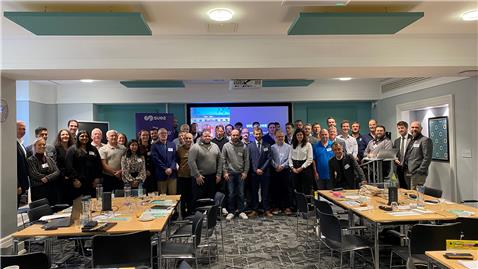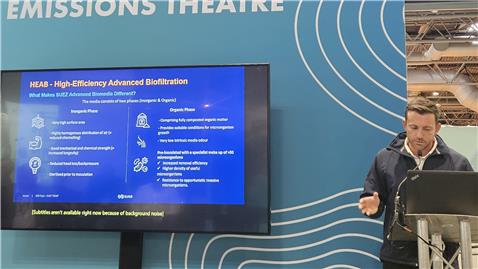
Air quality
Tackling air pollution and driving sustainability with smart and efficient solutions
Our solutions
With our breadth of services, from clean water solutions to supporting net-zero ambitions, SUEZ is uniquely placed to meet the environmental needs of our customers. Our constant investment in research and development puts innovation at the heart of our solutions. In turn, we provide high performing and agile services to a wide range of sectors.




.jpg?h=269&w=478&v=1&d=20250703T115838Z&format=jpg&crop=1&hash=763E39369380F1164CAE3F2521A205F7)